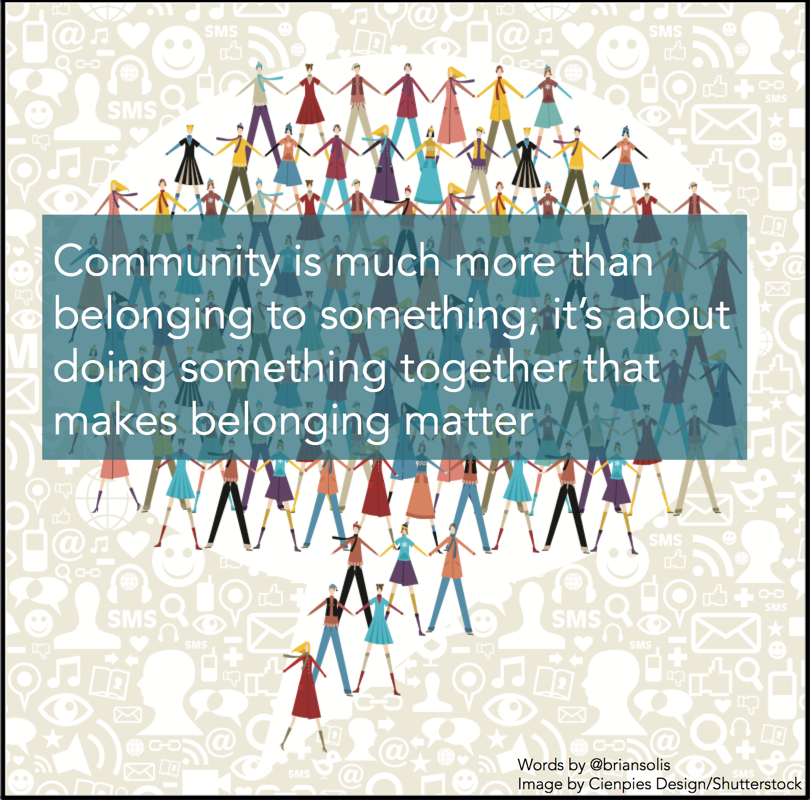Disruptive Innovation
- Maria Lopez
- Feb 12, 2023
- 1 min read
Updated: Feb 19, 2023

"Think big; think disruptive.
Execute with full passion."
-Masayoshi Son
We cannot follow the same education model we did one hundred years ago because everything has evolved. We live in a connected world where we can have access to information just with a click or voice command. Most of our schools provide Chromebooks, iPads, or desktop computers for our students, but the problem is that we use these devices to deliver information the same way we do face-to-face. Technology tools are very important to support the learning process, but we must focus on creating authentic learning environments rather than learning from technology.
We need to find innovative ways to keep our students engaged. Blended learning models are a combination of independent study, small-group learning, and whole-class instruction, whether online or in person. These student-centered models are needed since each student learns at a different pace. Horn, M.B. & Staker, H. (2014) describe four blended models: Rotation Model, Flex Model, Self-Blend Model, and Enriched Virtual Model. The Rotation Model has four different versions: Station Rotation Model, Lab-Rotation Model, Flipped-Classroom Model, and Individual-Rotation Model. In elementary schools, the most popular is station rotation.
We need to start making changes in our classrooms to give the students better opportunities and wonderful experiences.
Horn, M.B. & Staker, H. (2014) Blended: Using Disruptive Innovation to Improve Schools. San Francisco, CA: Jossey-Bass.
Technology as a Disruptive Force in Education
Disruptive Innovation in Education
Blended Learning
disp-innovat.jpg
www.comunity.mis.temple.edu




Comments